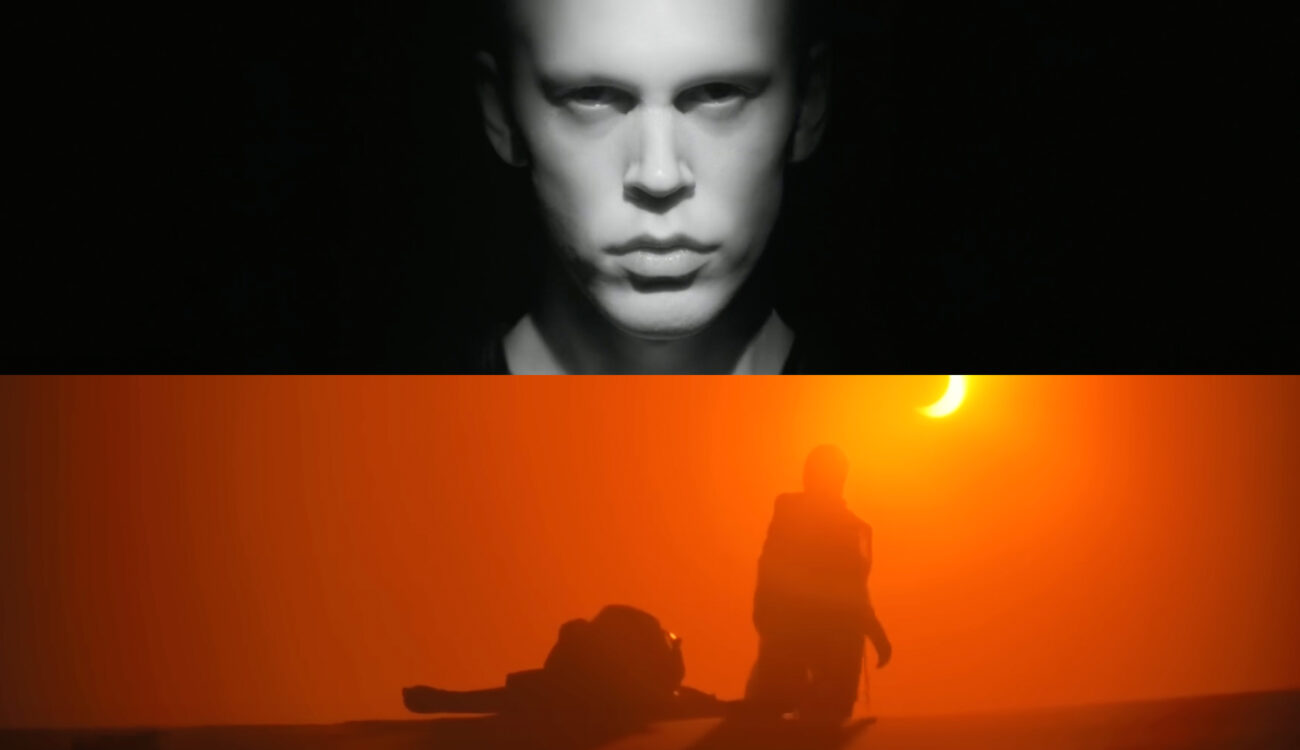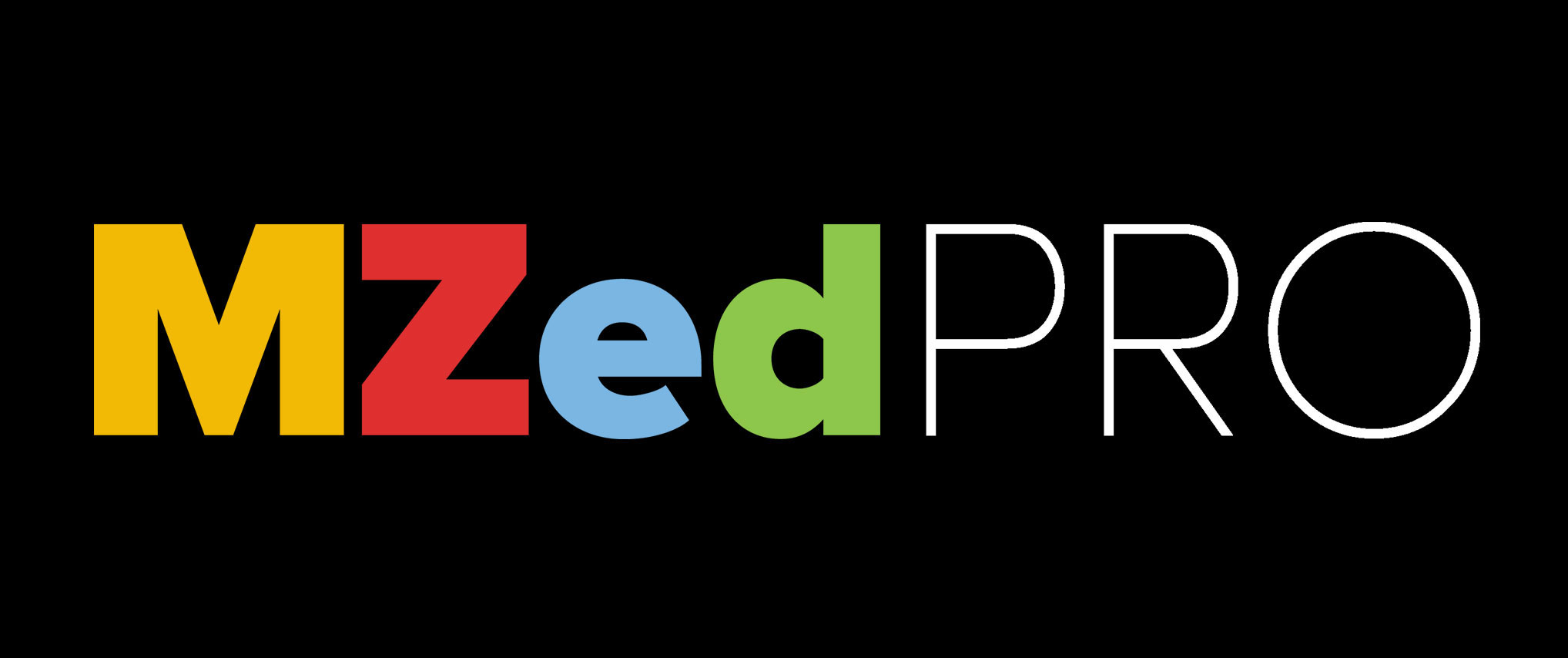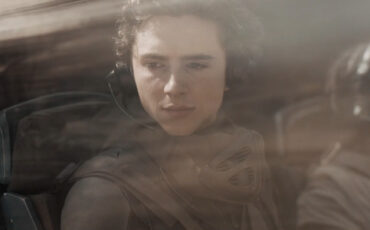
Watching a film in a cinema is an experience unlike anything else. It changes the way we perceive the story, the visuals, and the sound. Of course, nowadays, there are a lot of great movies on TV and streaming platforms as well, which encourages artists to thrive. Yet, some movies are just made for a large screen, a surrounding sonic experience, and the darkness of the theatre. “Dune: Part Two” is among them, without a doubt. Out of all the works released in 2024, it was my personal favorite. However, I’m not the only one who enjoyed this spectacular experience. What makes the visuals of “Dune: Part Two” a feast to watch? How did creators approach the second part of the famous book adaptation differently? Which choices in cinematography did they have to commit to? Read all about it below!
In the current Oscars run, “Dune: Part Two” received five nominations (in comparison, the first half of this complex sci-fi story “Dune: Part One” won six Academy Awards, including cinematography, production design, and a brilliant, otherworldly score by Hans Zimmer). Yet for the fans of Denis Villeneuve’s sci-fi blockbuster, the number of nominations doesn’t matter. What matters is that “Dune: Part Two” is a storytelling masterpiece combined with immersive sound and mind-blowing visuals. Visuals that became even bolder in the sequel, and we’ll show below how and why.
Plot-wise, “Dune: Part Two” follows young Paul Atreides (performed by Timothée Chalamet) as he finally meets the girl from his visions, Chani, and joins forces with the Fremen people. Seeking revenge for his destroyed family, he also becomes Fremen’s leader straight out of those premonitions. This time around, we spent much more time in the desert sands of Arrakis. Indeed, that was a cinematography challenge in terms of lighting. Or not?
Visual continuity is important
In the ASC clubhouse conversation, cinematographer Greig Fraser and director Denis Villeneuve share that they became bolder on the second “Dune.” As the first movie was a huge success (both in terms of box office, overall reception, and awards), they knew they could and should push themselves harder.
Cinematography for Directors
At the same time, the second part had to carry the DNA of the first part. So, even though they discussed switching to 16mm film, in the end, they decided to shoot again digitally and for IMAX. Also, some of the visual language rules stayed untouched. For example, filmmakers didn’t bring any artificial sources to the desert, using only natural sunlight to capture the vast landscape, just like in the original “Dune.”
As Greig puts it, both parts had to have continuity because people would watch them back-to-back (as they should). However, creators saw Part I as a technical experiment, taking the best choices from it and leaving out the rest.
Visuals of “Dune: Part Two”: pushing the vocabulary
From there, it was a freefall. Denis Villeneuve says in the ASC conversation that he wanted them to have fun and experiment. Although the second film has the same DNA as its predecessor, it is still different. For one, “Dune: Part Two” is more muscular and has a stronger rhythm. In order to find its true identity, they went back to brainstorming and looking for fresh vocabulary.
One example of their bolder choices was to shoot the opening scene of the film with a very specific color look, emphasizing the eclipse. Let’s re-watch it together:
Cinematographer Greig Fraser explains they shot this entire sequence with a particular filter. Not a red one, no. A filter that got rid of all blues and greens. Thus, there was no way back from this look in post-production. Denis Villeneuve refers to this decision as “the idea of burning the boat.” Once you make it, you’ve got to commit. That’s what excites him about walking in a chosen direction.
In Greig’s opinion, it doesn’t matter whether you have an award, accolades, or financial success. You should take risks, regardless. In fact, not having big money behind you is exactly when you should be taking risks.
If we’re playing safe on any part, we’re failing as filmmakers.
Greig Fraser
Astonishing IR gladiator scene
Another impressive visual choice in “Dune: Part Two” is the gladiator scene. Director and screenwriter Denis Villeneuve explains that it happens on the Harkonnen planet, Giedi Prime. According to the original “Dune” saga, this fully industrialized planet has no nature left. That got Denis thinking. How do we visualize its identity through the camera language? What visual cue could offer us a deeper insight into the inhabitants’ psyche? What if their sunlight, instead of revealing color, would kill it completely? That’s what led Denis to the idea of presenting this sequence in black and white.
Greig Fraser took this idea and pushed it even further. He says, of course, they could film the scene black-and-white. They could film it in color, for that matter, and turn it into black-and-white in post. However, they chose not to and opted for an infrared filter instead. Another decision you have to commit to all the way through.

Film stills from “Dune: Part Two” by Denis Villeneuve, 2024 



As Greig explains, IR creates a completely unique feel for this scene. It makes the iris of the eyes pop in an eerily striking way, giving the characters an almost ghostly appearance as if their skin tones were transformed under their unique sunlight—like vampires. Naturally, introducing such a tool was a nerve-wracking decision but, ultimately, deeply satisfying. The planet Giedi Prime developed its own distinct visual language, which, I believe, left a strong impression and propelled the story forward.
One curious tidbit: During the test phase, the filmmakers experimented with shooting the fight scene in complete darkness, relying on 25 ordinary infrared security lights. Greig called the idea insane but was curious enough to give it a shot. What would it be like to film in a wavelength invisible to the human eye, where pupils expand to nearly the size of the eyes themselves? It’s an intriguing concept—but not a practical one. In total darkness, the actors and crew couldn’t see each other, making the performance impossible.
The production design in visuals of “Dune: Part Two”
A huge part of visuals in any movie lies in production design. On “Dune: Part Two,” Denis Villeneuve worked with his long-time collaborator Patrice Vermette once again. Greig Fraser describes their joint effort as a process where everyone inspires each other with new ideas all the time.
For him, one of the biggest challenges in cinematography is creating believable daylight indoors. And in this film, we’re not talking about small rooms. No. We’re talking about massive 100-meter hallways, where light streams down from the ceiling in crisscrossing patterns, shifting and scattering in unpredictable ways. So, Patrice and Greig had plenty of discussions about how best to light these enormous spaces. In the end, the answer was to use real sunlight. That’s why they built some of the sets outside (not inside the studios) and planned each and every detail. How? Doing an extensive light study.

Film stills from “Dune: Part Two” by Denis Villeneuve, 2024 
In the stills above, Greig showed how they had incorporated Unreal Engine in pre-production, even before they laid the foundation for building the sets. Where to build a cave? At which angle? What happens with the holes in the roof when sunlight streams through? At what time of day do the sunrays hit different parts of the space? Every decision was mapped out in advance with precise 3D visualizations. In Greig’s opinion, the study added a degree of certainty and was essential in the planning of the shoot.
Power of the visuals on “Dune: Part Two”
What else makes the visuals of “Dune: Part Two” epic? Here, Greig Fraser and Denis Villeneuve agree: They both understand and harness the power of the image. It’s not only about the beauty and design. Much more, it is about the story each particular shot should tell.
In the MZed course “Cinematography for Directors,” filmmaker and educator Tal Lazar explains the difference between “beautiful” images and “effective” ones. While the former might be conventionally likable, the latter requires far more craft. Why? Because it serves a specific purpose—whether it’s driving the story, building tension, or revealing something new about a character. That doesn’t mean effective images can’t also be beautiful. (Dune: Part Two is a perfect example of striking that balance.) But next time you’re working on a storyboard for your own project, it’s worth keeping this in mind. If you want to read more on this topic, head over here.
What’s next?
There are a lot of rumors around the possible continuation of the Dune story. In the conversation, Denis Villeneuve neither confirmed nor denied it. He said, though, that for him, Part I and Part II were always a whole. One project with two halves, mirroring and completing each other. The third installment – whenever it comes – will be somewhat different, just like “Dune Messiah,” Frank Herbert’s sequel novel and the completion of Paul Atreides’s story. In the meantime, we wish “Dune: Part Two” all the best for the Academy Award ceremony, which will take place on Sunday, March 2nd.
While we wait, let’s talk about the impressive visuals of “Dune: Part Two!” Have you watched it? Which scene was your favorite and why? Please share your thoughts with us in the comment section below.
Feature image source: combined film stills from “Dune: Part Two.”
Full disclosure: MZed is owned by CineD.






























